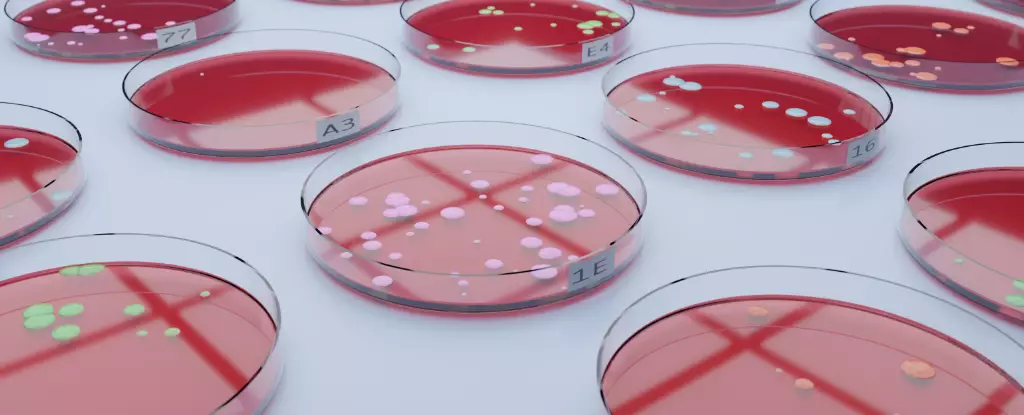The rise of drug-resistant pathogens, commonly referred to as “superbugs,” presents one of the most dire health threats of our time. Recent research illuminates a chilling forecast, suggesting that nearly 40 million people could succumb to infections driven by these resistant strains over the next quarter-century. This alarming projection, detailed in a study published in The Lancet, underscores a significant gap in global health preparedness and response. As we venture deeper into the 21st century, the consequences of antimicrobial resistance (AMR) demand urgent attention and robust countermeasures.
The global impact of superbugs has been nearly invisible despite being deadly. Between 1990 and 2021 alone, over a million lives were lost each year to infections that are becoming increasingly difficult to treat. While recent improvements in healthcare have significantly reduced fatalities among children under five due to superbugs—seeing a drop of over 50% in this demographic—this does not reflect the entire picture. The data reveal a troubling trend: when young children do contract these infections now, the difficulty of treatment continues to rise. Conversely, the mortality rate among those aged over 70 has surged by more than 80%, primarily attributed to an aging population that faces heightened susceptibility to such infections.
The analysis brings to light an alarming rise in deaths due to Methicillin-resistant Staphylococcus aureus (MRSA), with fatalities doubling to 130,000 by 2021 compared to three decades earlier. These statistics serve not only as numbers but as stark reminders of the urgent need for a united global response against AMR.
Using predictive modeling techniques, researchers estimate that unless significant strides are made, deaths directly attributable to AMR may escalate by 67%, potentially reaching nearly two million annually by the year 2050. The broader implications of this crisis are even more harrowing—an additional 8.2 million deaths linked to AMR could occur each year, leading to a total of 169 million deaths over the next 25 years.
However, it’s crucial to understand that the future is not set in stone. The research highlights that if a concerted global effort focuses on enhancing the quality of care for severe infections and improves access to antimicrobial therapies, we could avert the loss of an astounding 92 million lives by 2050. This underscores an essential theme: the trajectory we take in managing AMR could directly influence global health outcomes.
Antimicrobial resistance itself is a natural occurrence, a consequence of the evolutionary capabilities of bacteria and pathogens. Nevertheless, human activities, particularly the overuse and inappropriate application of antibiotics across various sectors—humans, animals, and agriculture—have exacerbated this issue to a crisis level. The attention to this problem is critical as the scientific community and policymakers convene to formulate effective resolutions.
Researchers have examined a multitude of factors, focusing on 22 distinct pathogens and 84 drug-pathogen combinations, illustrating the complexity of the issue. The global study, which utilized data from a substantial database of 520 million records across 204 nations, signifies the vast scale of the challenge that lies ahead.
The release of this impactful study comes just before a high-level United Nations meeting on AMR scheduled for September 26. It serves as a clarion call: the time for action is now. Countries must prioritize investment in healthcare systems, develop new antibiotics, and implement better stewardship of existing medications to mitigate this escalating threat.
While the crisis of superbugs presents significant challenges, the potential for global cooperation offers a path forward. Policymakers, healthcare providers, and the public must rally together to enact meaningful changes that can curb the spread of AMR and safeguard the health of future generations. The stakes are too high to ignore; inaction could lead to a public health catastrophe that we might not be able to recover from. The world stands at a pivotal juncture—how we respond to this profound challenge will shape the health landscape for years to come.


Leave a Reply